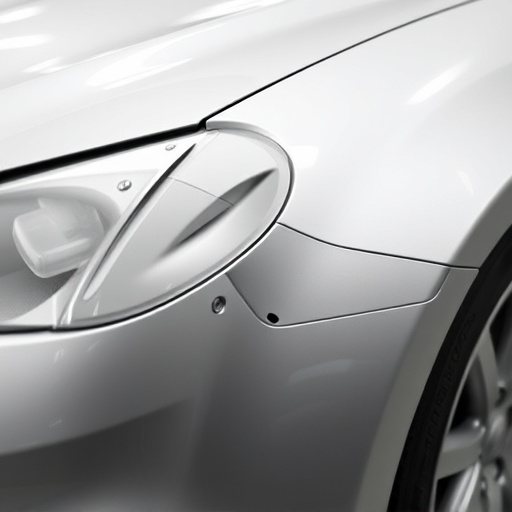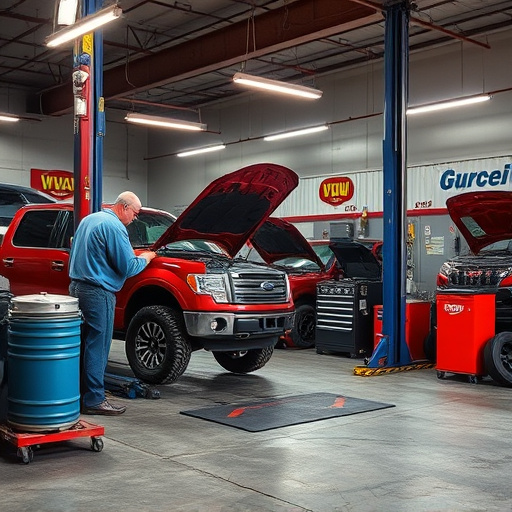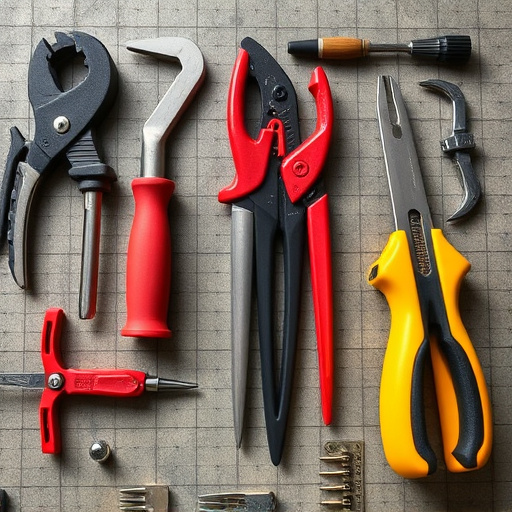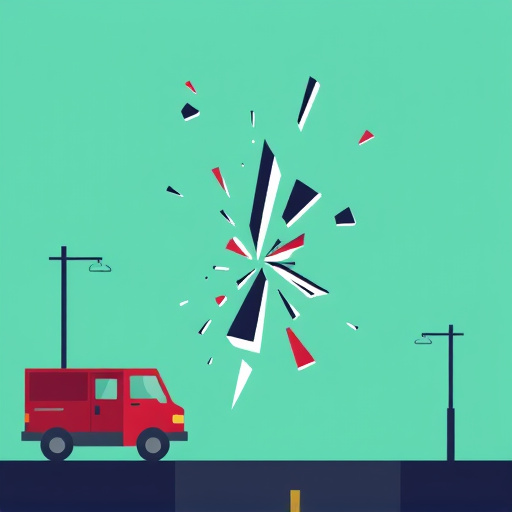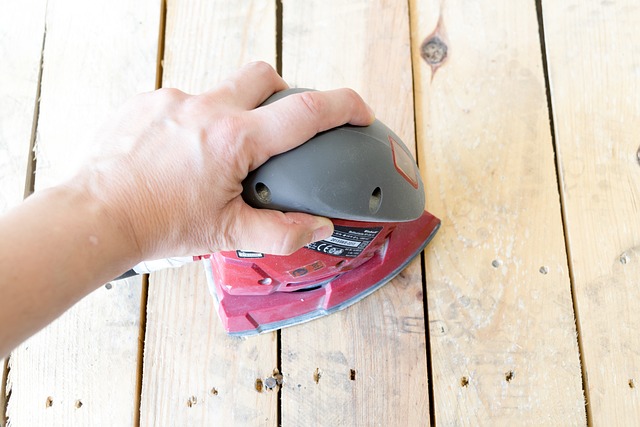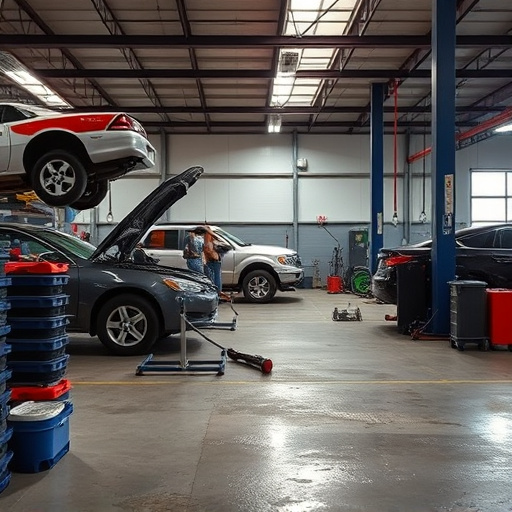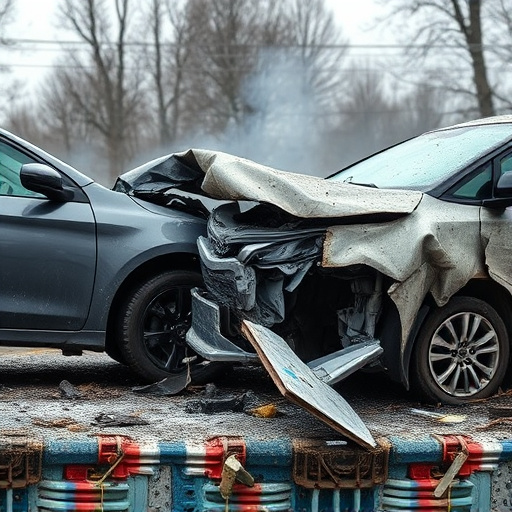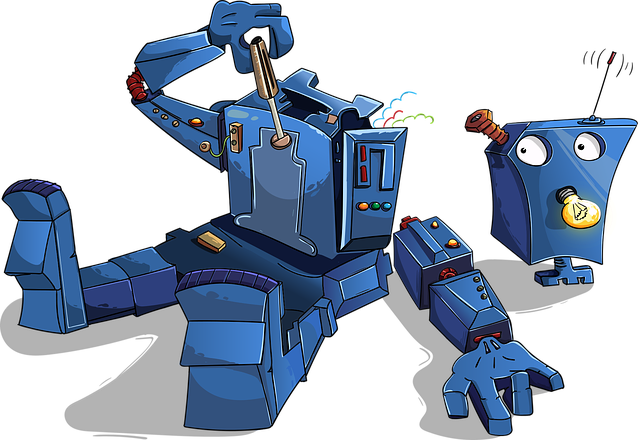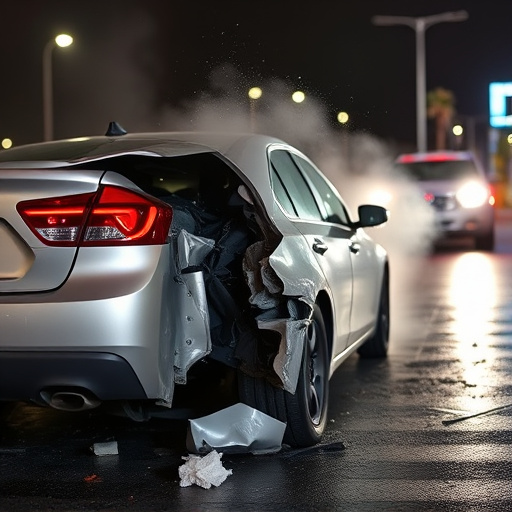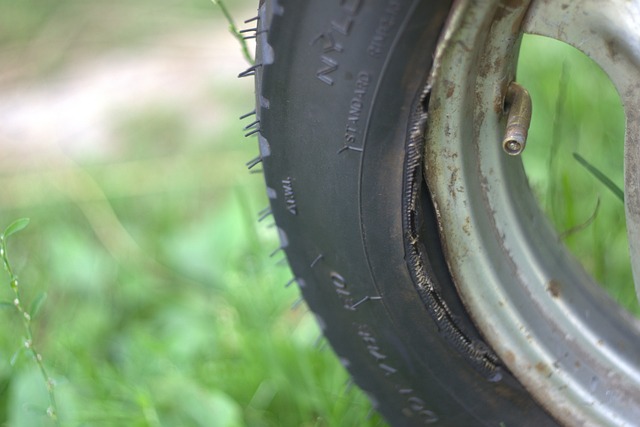A thorough inspection is crucial for seat repair collision damage, seeking visible marks and subtle signs. While minor repairs can be DIY, complex issues like hail damage require professional expertise to preserve vehicle safety and structural integrity. Gather essential tools and supplies for a smooth process. Assess damage: use DIY kits for minor issues, but severe cases demand professional help from collision repair shops employing advanced techniques for effective, lasting repairs.
“Prepare your vehicle for successful seat repair after a collision with this comprehensive guide. Understanding how to assess seat damage is key—inspect for tears, dislodged cushions, or frame shifts. Gather essential tools and parts, including replacement fabrics and hardware. Our step-by-step repairs ensure a safe, tailored solution. From measuring and cutting to reupholstering and final touches, this process empowers you to restore your vehicle’s comfort and aesthetics. Master these techniques and reclaim your ride.”
- Assessing Seat Damage from Collision
- Gathering Necessary Tools and Parts
- Step-by-Step Guide to Seat Repair
Assessing Seat Damage from Collision

When assessing seat damage from a collision, it’s crucial to inspect the entire seating area thoroughly. Look for any visible signs of impact, such as dents, creases, or tears in the upholstery fabric. Check for loose or missing components like bolsters, headrests, and lap belts. In some cases, the damage might be more subtle, such as dislodged padding or faded colors from exposure to sunlight or heat.
Consider that seat repair collision damage often requires a meticulous approach. While some minor issues can be addressed with DIY techniques—like car dent removal or fender repair—more complex problems may necessitate professional expertise. Hail damage repair, for instance, demands specialized tools and knowledge to ensure the safety and integrity of the vehicle’s structural components.
Gathering Necessary Tools and Parts

Before beginning any seat repair due to collision damage, it’s crucial to gather all necessary tools and parts. This includes specialized equipment like impact guns, sanders, and a heat gun for plastic welding, as well as essential materials such as body filler, primer, paint, and masking tape. Ensure you have the correct replacement seats and any related hardware specific to your vehicle model. A thorough inspection of your vehicle’s existing components can help guide your purchase decisions, ensuring compatibility and quality.
Additionally, consider having on hand basic tools for fender repair and vehicle dent repair, as these are often needed in conjunction with seat repairs. Auto body repair supplies like sandpaper, cloths, and cleaning solutions will also come in handy for preparing the damaged area before repairing the seat. Having all these elements readily available streamlines your repair process, enabling you to efficiently address collision damage and restore your vehicle’s safety and aesthetic appeal.
Step-by-Step Guide to Seat Repair

Preparing your vehicle for seat repair following collision damage involves several careful steps. Start by assessing the extent of the damage to determine if professional help from a collision repair shop is needed. If the damage is minimal, such as minor tears or stains, you can attempt a DIY approach using specialized kits available at automotive stores. These kits often include all necessary tools and materials for seat restoration.
For more severe cases, like ripped fabric, broken springs, or deep indentations, seek the expertise of a collision repair shop. They employ skilled technicians who understand the intricacies of seat repair and can offer paintless dent repair techniques to restore your vehicle’s interior to its pre-collision condition. Remember, proper preparation ensures that repairs are both effective and long-lasting.
Preparing your vehicle for seat repair after a collision is a crucial step in ensuring safety and restoring comfort. By carefully assessing the damage, gathering the right tools and parts, and following a structured guide, you can effectively fix seat issues caused by collisions. Remember, proper seat repair enhances driving experience and reinforces vehicle safety, making it essential to tackle these repairs head-on.
